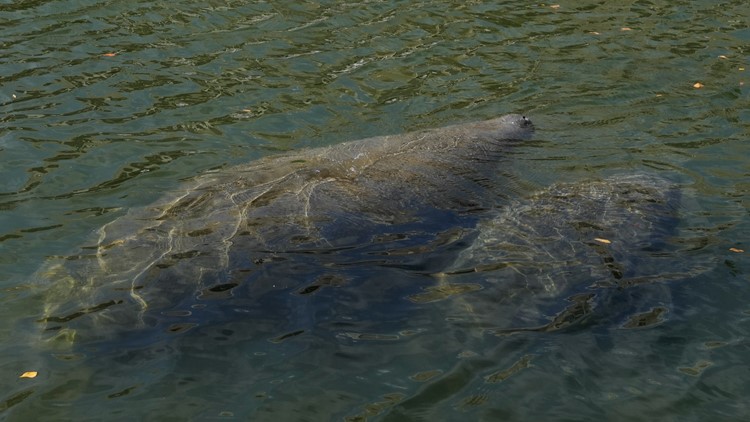MELBOURNE, Fla. — Florida wildlife officials began the year attempting a radical experiment aimed at saving manatees which were dying at record rates. For months, the state tossed thousands of pounds of lettuce to help the sea cows avoid starvation along the east coast.
However, as of Friday, the feeding trial is no more. According to the Florida Fish and Wildlife Conservation Commission, the reason comes down to warming waters.
As winter turns to spring, many manatees are naturally leaving the springs and warm bodies of water they congregate in during the cold months. However, FWC says it will continue providing lettuce to the remaining manatees at the Temporary Field Response Station at Indian River Lagoon.
Although the feeding trial is coming to an end, FWC says it will continue to monitor the waters around the response station and respond to manatees in need of assistance.
As successful as the feeding program has been, officials say people must remember it remains illegal for individuals to feed manatees on their own.
Many of the animals face starvation because their favored seagrass food is disappearing due to chronic water pollution from agricultural, sewage, urban runoff and other sources. Efforts are ongoing to restore the crucial seagrass beds, especially along the state's East Coast where the problem is most acute.
Dealing with the long-term pollution and water quality issues will take much more time and effort, officials have said.
Still, there's cautious optimism that the lessons learned this first year will make a similar effort envisioned for next winter much smoother and easier to operate, from setting up a command structure to finding refrigerated trucks to carry the lettuce.



